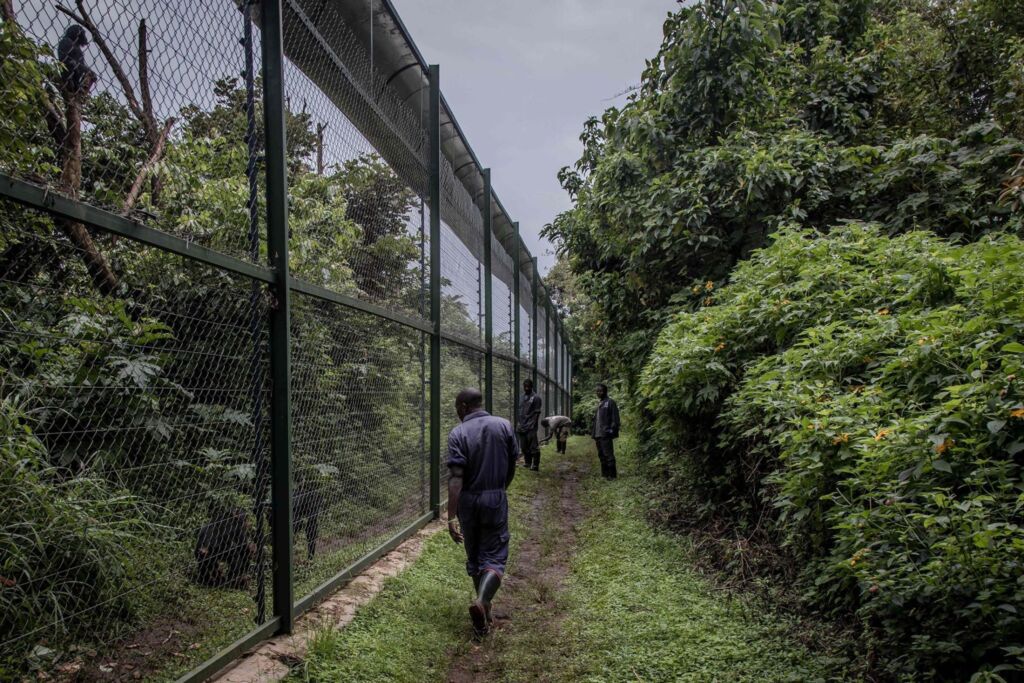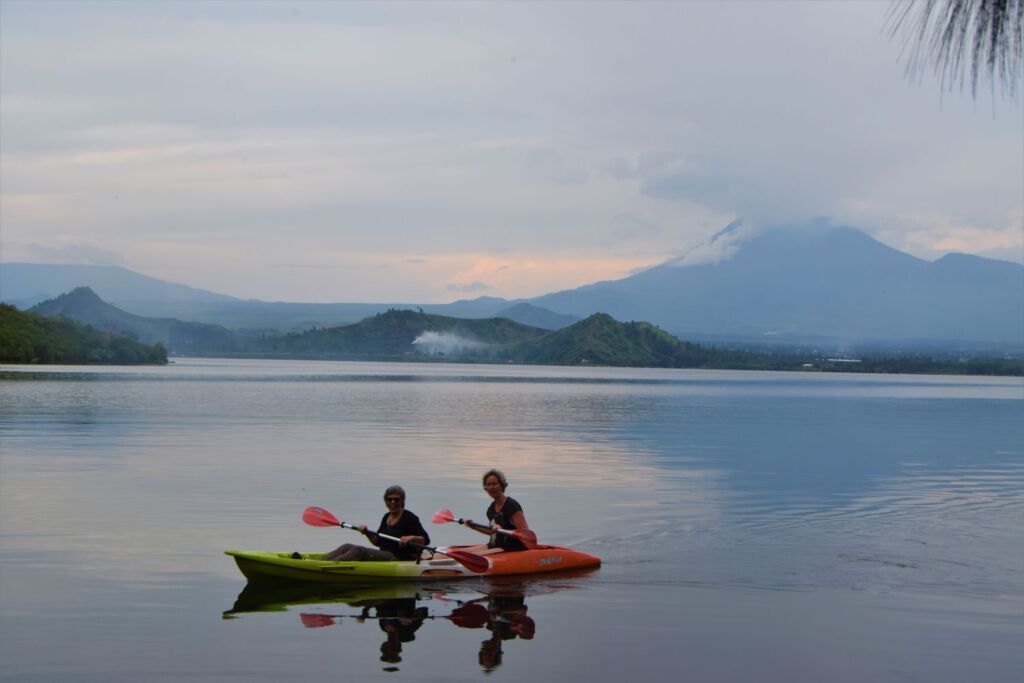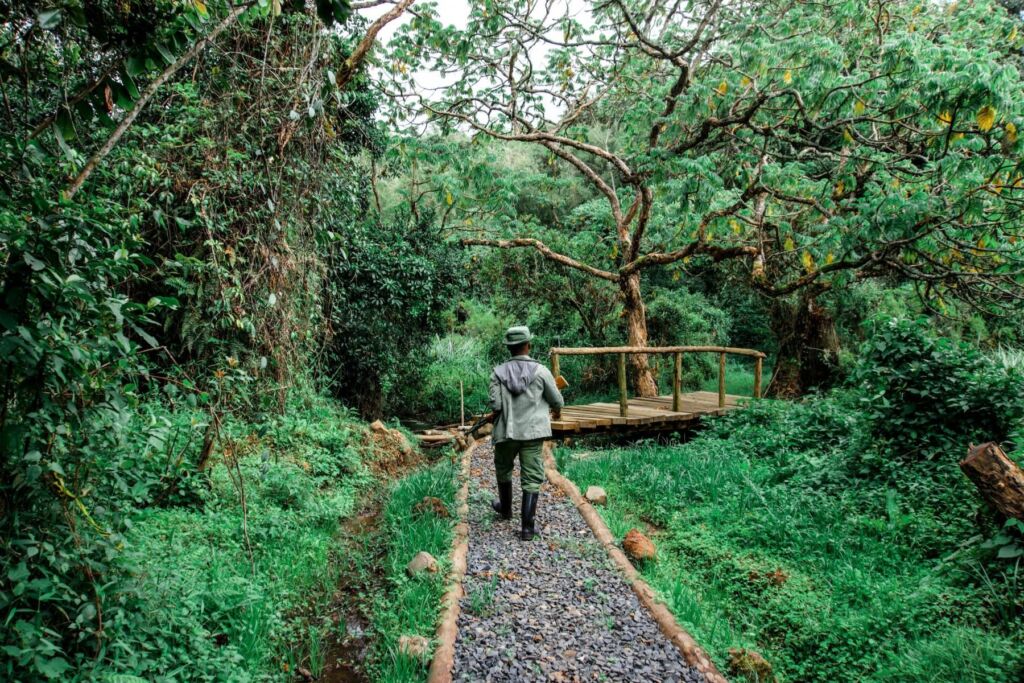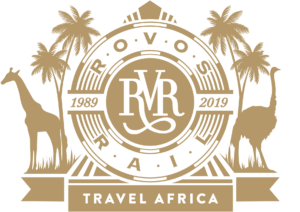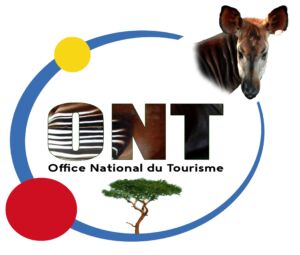Kivu is without a doubt the most beautiful region in the Democratic Republic of Congo. Unfortunately it is also one of the most unstable regions and Virunga National Park is often closed for visitors. Virunga and Nyiragongo are without a doubt the most popular tourist destinations in Congo and tourists often don’t realize there are plenty of other fantastic places in Congo. Kahuzi Biega National Park for instance is just on the other side of Kivu Lake and is an outstanding park with fantastic gorilla tracking. There is also a brand new lodge where you can stay in style. On Kivu Lake we find Tchegera Island which belongs to Virunga park. It has magnificent views on Kivu Lake and it is the perfect place to relax for a day or two. Lwiro Primate Rehabilitation Center is also a great addition when you’re visiting Kahuzi Biega National Park, not only for visiting the primate initiative, but also to admire the beautiful buildings with its labs and library. On this tour with Congo Travel and Tours you get to see it all. Be wary with Ugandan and Rwandan tourist agencies offering trips here as they often haven’t even been here. We have a great professional team and make sure everything goes well and safely.
Itinerary
Day 1: Arrival in Goma
Arrival in Goma today. You’ll be picked up either at the border or at the airport and be brought to your lodge next to the Kivu Lake.
Day 2 and 3: Tchegera Island
You’ll have two days on this romantic island in the middle of Kivu Lake. The island is what’s left of an extinct volcano and has the shape of half a moon. It is the perfect place to relax and do short hikes as well as some kayaking around the island. There are many birds and you’ll have nothing but awesome views. Accommodation is full-board and in true glamping style. If the weather permits you’ll be eating outside under the stars and next to a campfire.
Day 4: Kivu Lake Cruise to Bukavu
Transfer today to the port and you’ll take the ferry from Goma to Bukavu. In Bukavu you’ll be brought to your lodge.
Day 5: Lwiro Primate Research Center
Full day visit to Lwiro Primate Research Center today. You’ll get to see the primate initiative and can also visit the labs and library, all located in truly beautiful building in a green relaxing setting.
Day 6: Kahuzi Biega: Gorilla Tracking
Gorilla tracking today at Kahuzi Biega National Park. If we’re lucky we can track them within the hour, but it can sometimes take longer. Be sure to have good hiking boots and bring plenty of water. We also ask you to bring a mouth mask to protect the gorillas from potential contamination. Overnight at the lodge in Kahuzi Biega.
Day 7: Kahuzi Biega: Mount Kahuzi
Mount Kahuzi is one of the two dormant volcanoes in Kahuzi Biega National Park. It takes about 4 hours to get to the top and another three hours to get back. This is a full day activity. Overnight at the lodge in Kahuzi Biega.
Day 8: Back to Goma
Today we’ll take the ferry back to Goma, where we will stay for the night at the lodge near Kivu Lake.
Day 9: Departure
Transfer to the border or the airport. Let us know if you’ll need a car transfer to Kigali. We can set this up starting from 499 usd.
Includes:
- Accommodation with breakfast (full-board only at Tchegera) for 8 nights
- 1 gorilla permit per person
- All transport: 4x4 and ferry
- Airport transfers
- Professional guides
Doesn’t include:
- Meals outside Tchegera
- Dranks
- Tips and gratuities
- Visa
- International flights
Kahuzi-Biéga National Park is a national park and protected natural area in the northeastern Congolese lowland forests, in the Kivu region of Congo-Kinshasa. The park was founded in 1970 at the initiative of the Belgian Adriën Deschryver in the province of South Kivu in the extreme east of Congo, about 50 km west of the city of Bukavu. The 6,000 km² park is managed by l'Institut Congolais pour la Conservation de la Nature (ICCN).
The park is located in the foothills of the African tropical rainforest and has a corresponding fauna and flora. In addition to the gorilla populations, the eastern colobus monkey, red colobus monkey, African buffalo, giant forest hog and forest elephant occur alongside chimpanzee populations. The park owes its name to the two extinct volcanoes in the area, the 2,790 m high Biéga and the 3,308 m high Kahuzi. This last mountain is also the highest point of the entire Kivu region.
In the higher zones of the nature park, between 2100 and 2500 m altitude, one of the world's three last known groups of mountain gorillas (Gorilla beringei beringei) can be found, with an estimated number of 250 individuals. Dian Fossey, the American ethologist known for the biographical film Gorillas in the Mist based on her life, began her observation of gorillas in this park in 1963 before she was overpowered and mistreated here in 1967 and fled to Rwanda to continue her research there.
The park is also one of the few remaining habitats of the eastern lowland gorilla (Gorilla beringei graueri). In the early 1990s, the total number of the eastern lowland gorilla subspecies was estimated at about 600, with half of the population living in this park. The Congolese Civil War, the protracted conflicts in the region, the passing and resident refugee flows, forest fires, game poaching, illegal logging, mostly for charcoal production and illegal hunting would have reduced this number by 60% to just over 100 remaining gorillas in the park. In November 2004, a new count indicated an increased number of 168 copies.
The park rangers' control of the park is also being compromised as Rwandan rebel forces use the more remote areas of the park as a base, have established an illegal mining and lucrative trade in coltan and gold, and are protecting this mining area that finances their operations.
The Park was recognized by UNESCO as a World Heritage Site in 1980 at the 4th session of the World Heritage Commission and added to the World Heritage List. The Congolese Civil War, the slaughter of the gorilla population, the forest fires and charcoal production, the game poaching and hunting of live specimens in the park continued to worry the committee and in 1997 the park was added to the list of endangered world heritage sites.
Lwiro Primate Rehabilitation Center was created in 2002 by the ICCN and CRSN after increased poaching in the previous decade. The place is a refuge center for orphaned primates, monkeys and other animals. The goal is rehabilitation as well as conservation education. Several NGO’s such as Coopera, ICWCA and MCGP are also active at the center. Lwiro is only four kilometers away from Kahuzi-Biega National Park
"People like you based in ecotourism are just as important as us scientists and researchers in keeping these last wild areas under protection for as long as possible by exposing them for what they are, natural resources in need of conservation. You deal mainly with convincing the public while we deal mainly with convincing the government."
- Nancy Barker, Ph.D. Candidate - Conservation EcologyDepartment of Environmental Science, Policy & ManagementUniversity of California at Berkeley, USA








